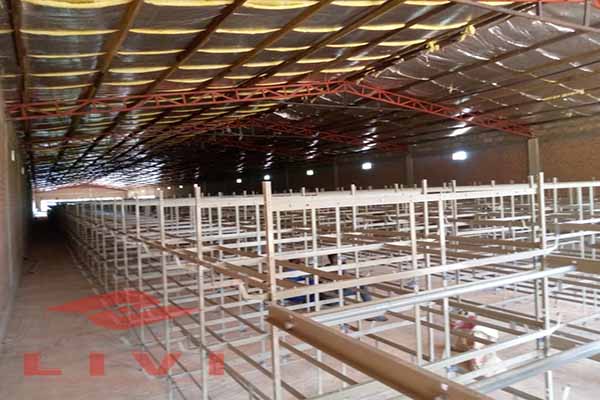Optimizing Battery Cages in Zambia: A Guide for Poultry Farm Operators
Understanding Battery Cages in Zambia
Battery cages are a common practice in the poultry farming industry, particularly in Zambia. These cages are designed to maximize space utilization and provide a controlled environment for birds. However, the effectiveness of these cages largely depends on their design and maintenance.
According to the Zambia Poultry Association, battery cages account for a significant portion of the poultry housing systems in the country. Here are some key considerations for optimizing battery cage systems:
- Space Allocation: The recommended space allocation per bird in battery cages is approximately 0.2 to 0.25 square meters.
- Material Quality: The use of high-quality steel for cage construction ensures durability and prevents rusting.
- Ventilation: Adequate ventilation is crucial for maintaining optimal environmental conditions.
Key Challenges in Battery Cages in Zambia
Despite their popularity, battery cages in Zambia face several challenges:
- Egg Quality: There is often a concern regarding the quality of eggs produced in battery cages compared to free-range systems.
- Animal Welfare: Battery cages can raise ethical concerns due to limited space and restricted movement.
- Disease Control: High densities in battery cages can lead to increased disease transmission among birds.
Best Practices for Battery Cages
To enhance the efficiency and sustainability of battery cages in Zambia, consider the following best practices:
- Regular Cleaning and Disinfection: This helps prevent disease outbreaks and maintains cage hygiene.
- Monitoring Environmental Conditions: Use temperature and humidity sensors to ensure optimal conditions for the birds.
- Implementing Biosecurity Measures: Control the entry of pests and diseases by maintaining strict biosecurity protocols.
Case Study: Battery Cage Efficiency in Zambia
In a recent study by the Zambia Institute for Agricultural Research, a farm that adopted an optimized battery cage system saw a 20% increase in egg production and a 15% decrease in disease incidence compared to traditional systems.
| Parameters | Traditional Cages | Optimized Cages |
|---|---|---|
| Egg Production (per bird per year) | 240 | 296 |
| Disease Incidence | 50% | 15% |
Conclusion
Optimizing battery cages in Zambia is crucial for the success of poultry farming operations. By following best practices and addressing the challenges associated with battery cage systems, poultry farm operators can achieve improved productivity and animal welfare.
For more information and to get a free poultry farm design and equipment quote, please leave a comment below or contact us directly at livi-mechanical.com.





